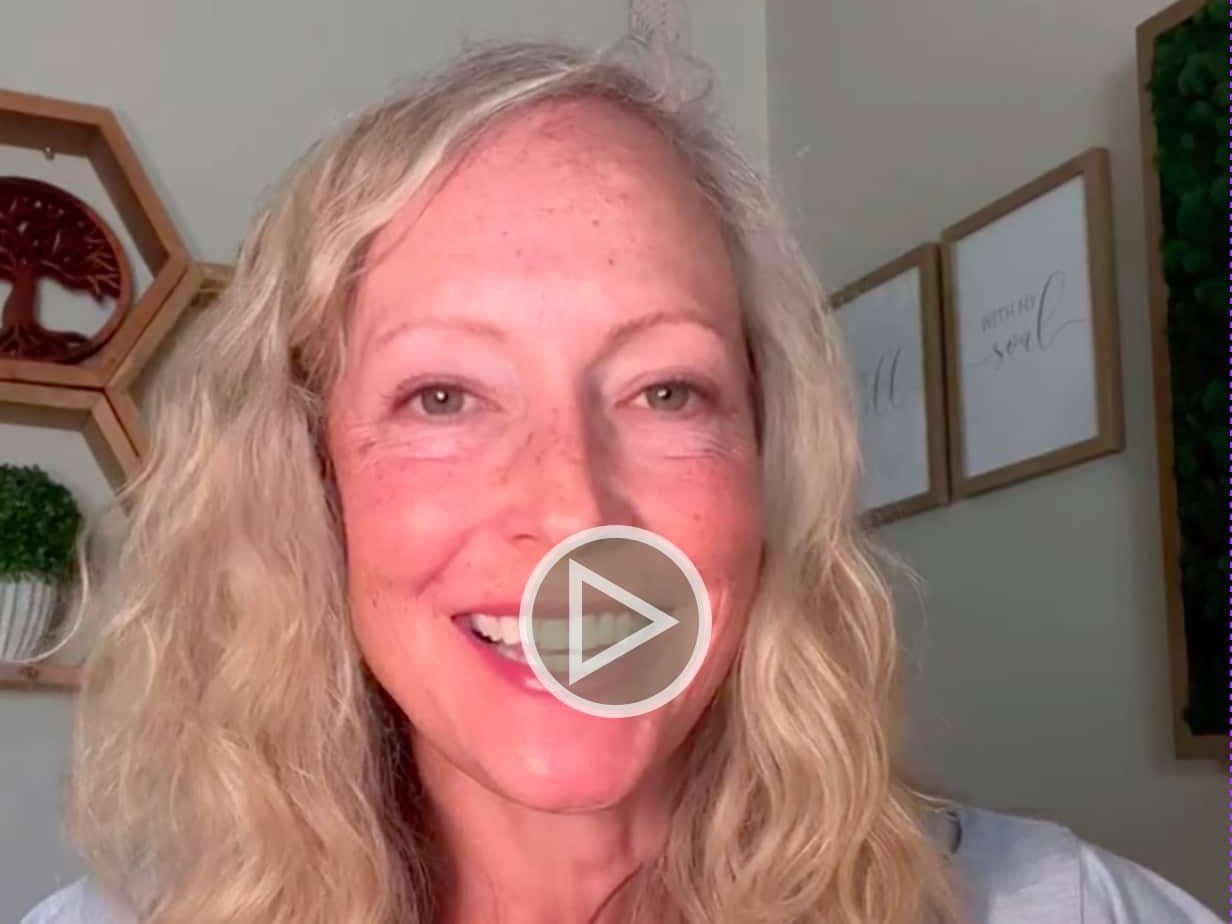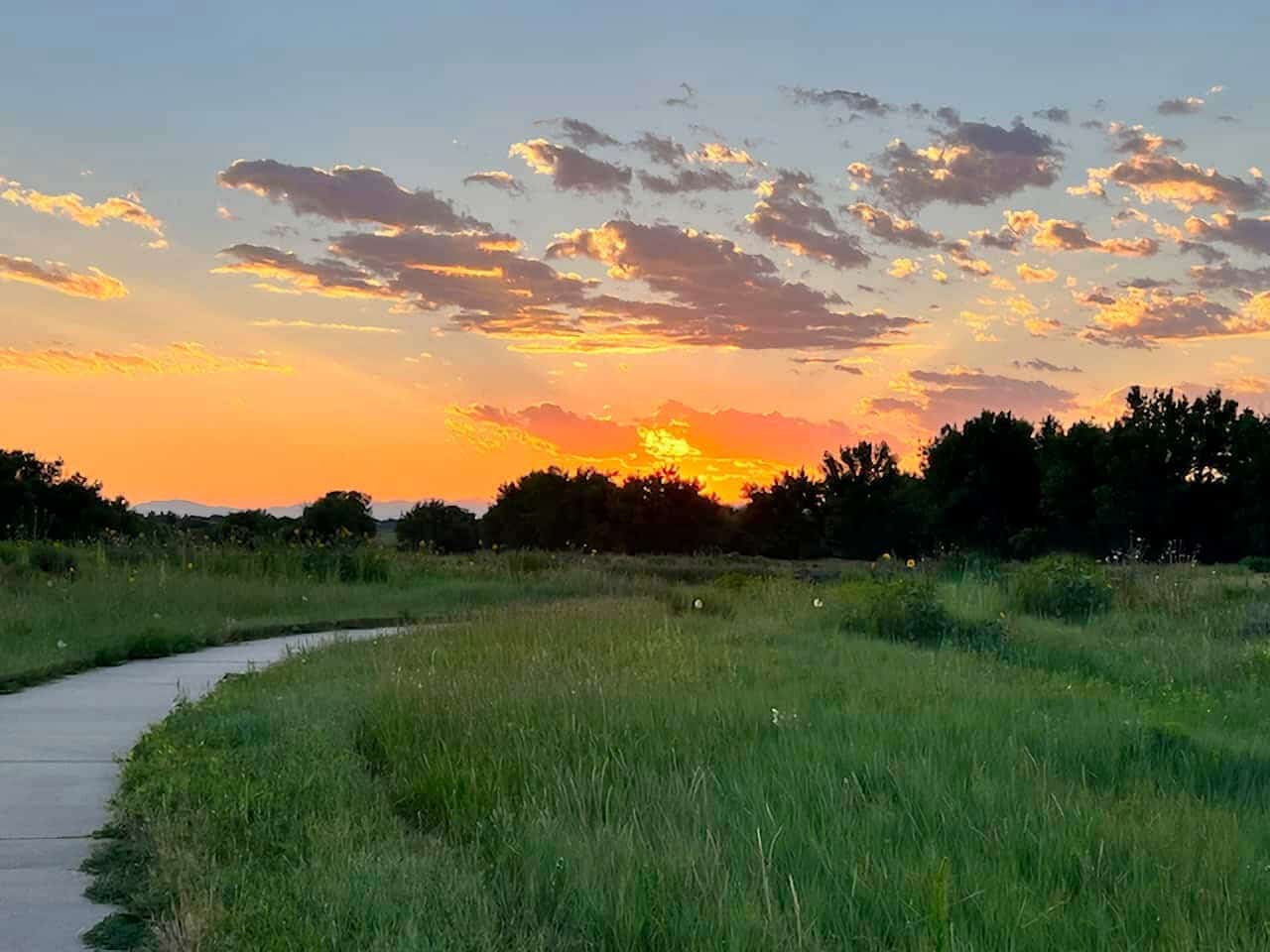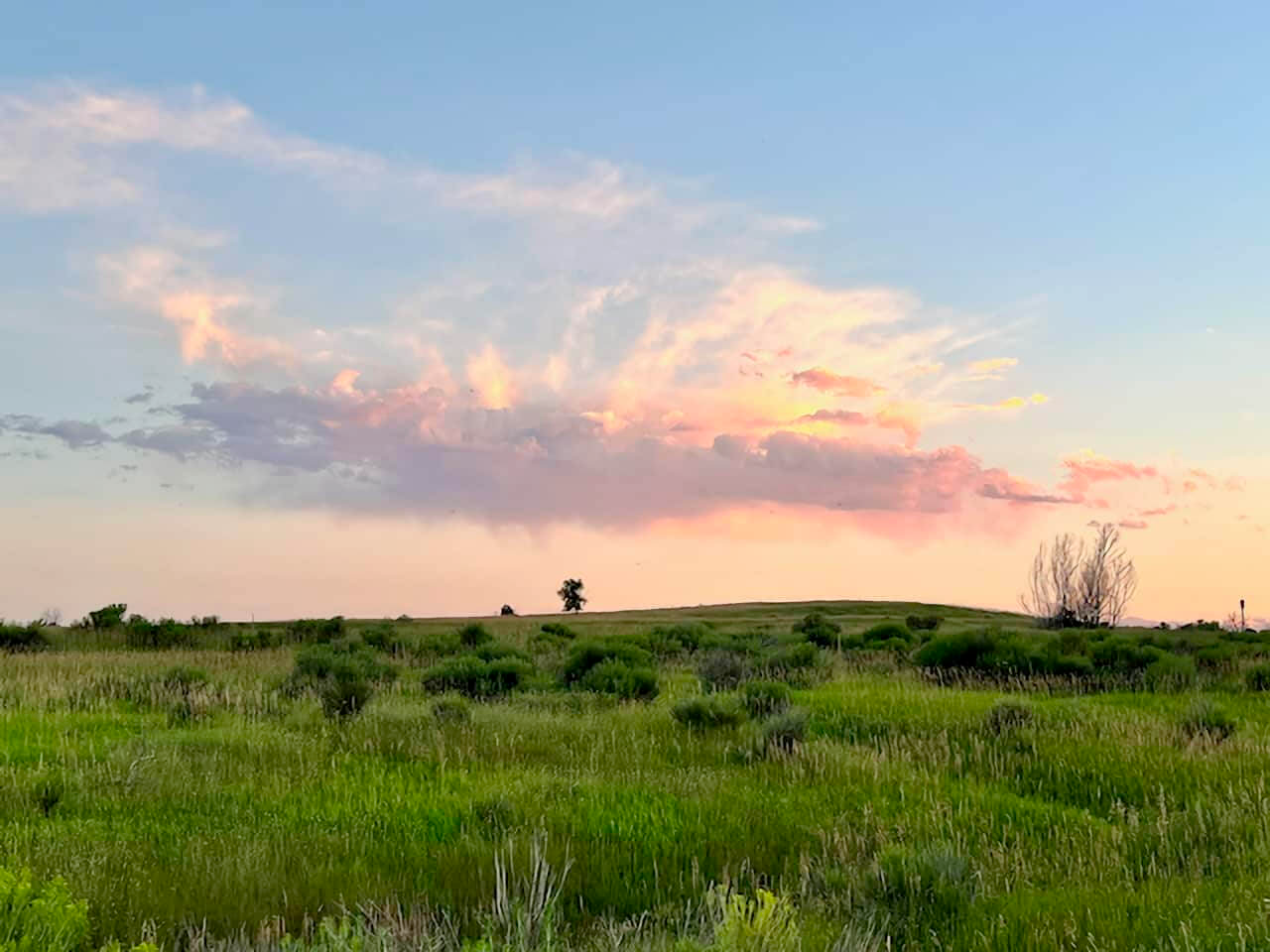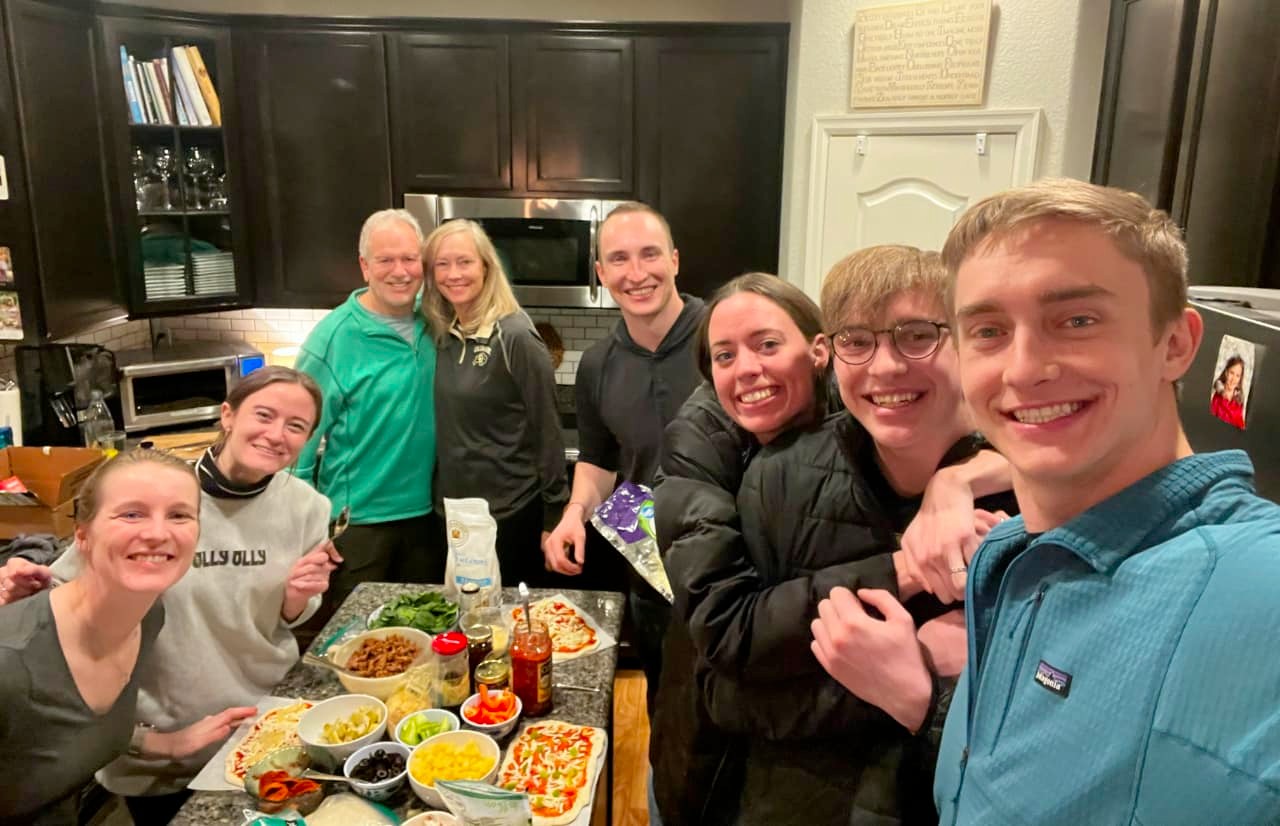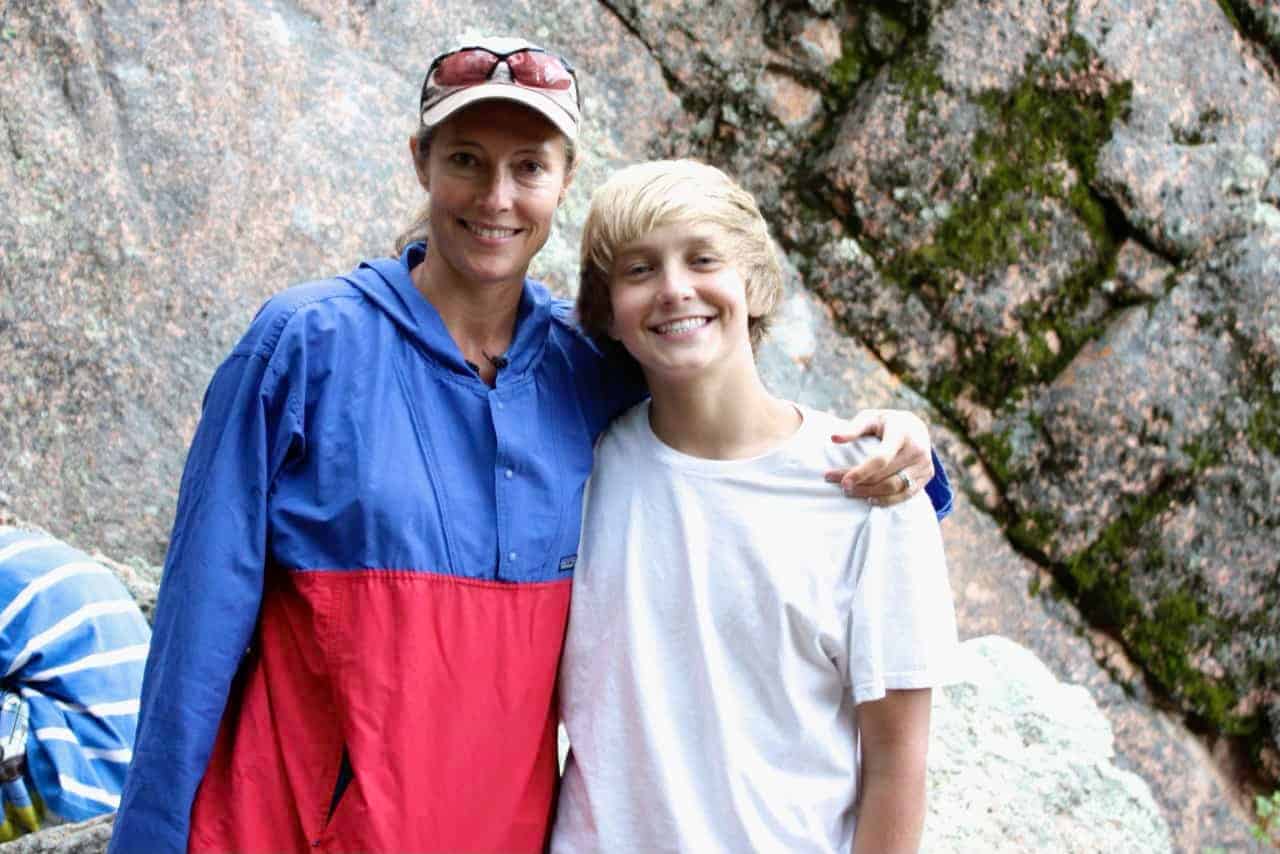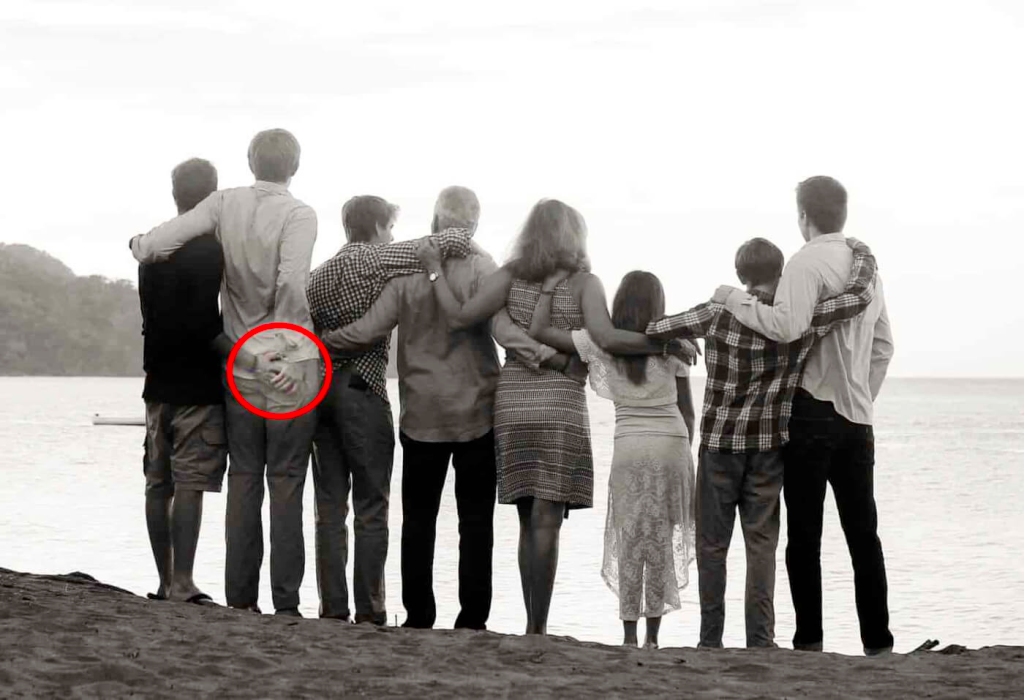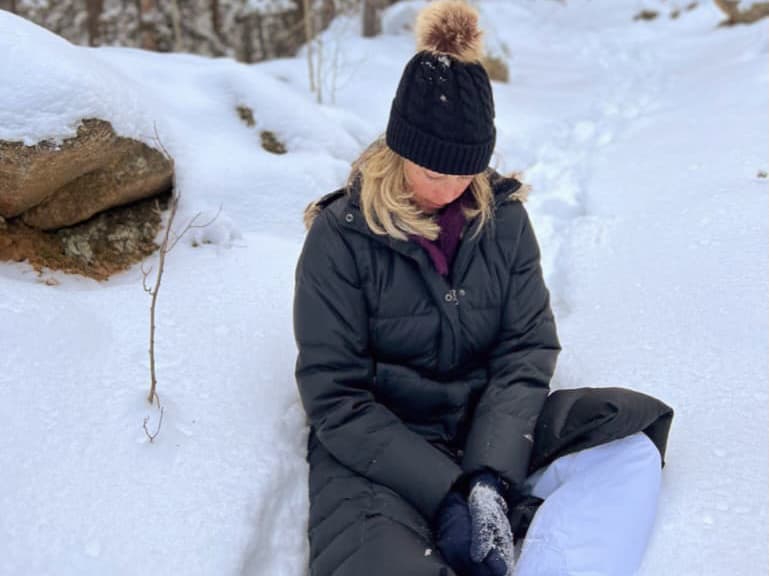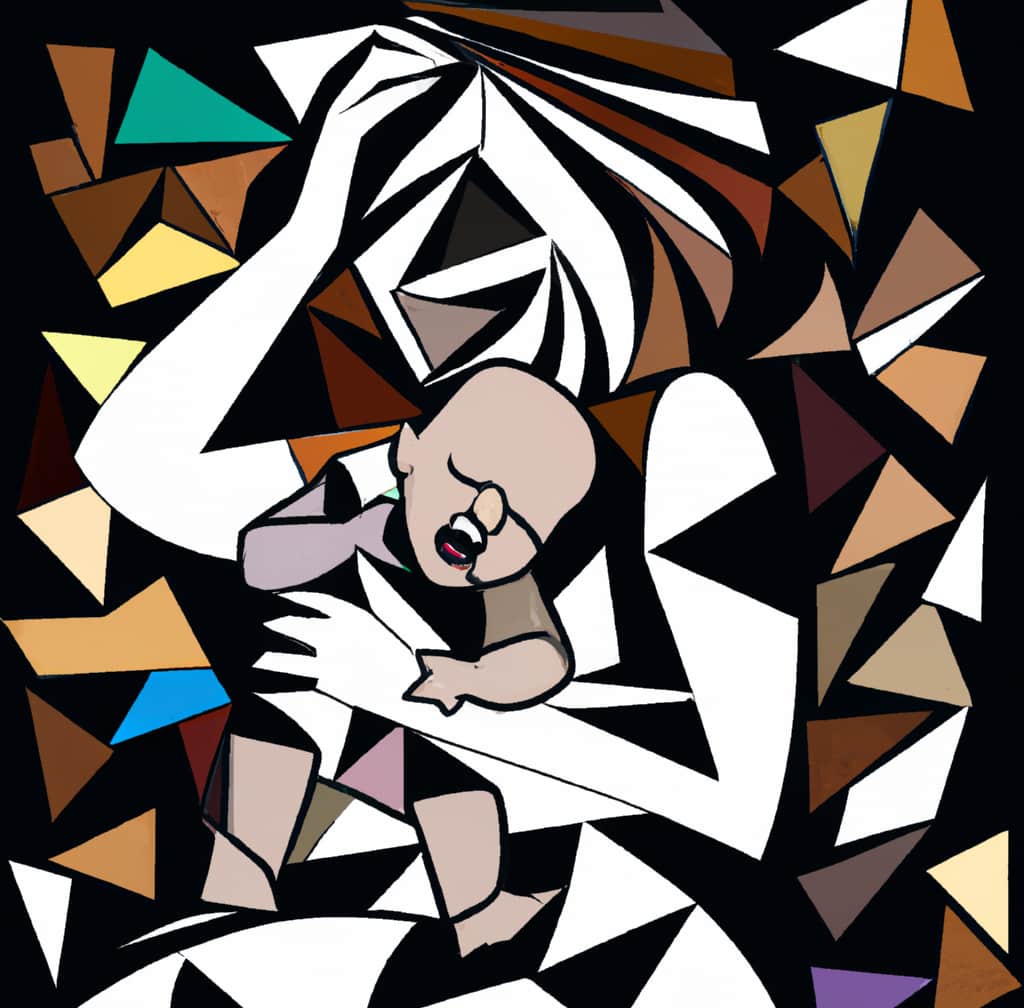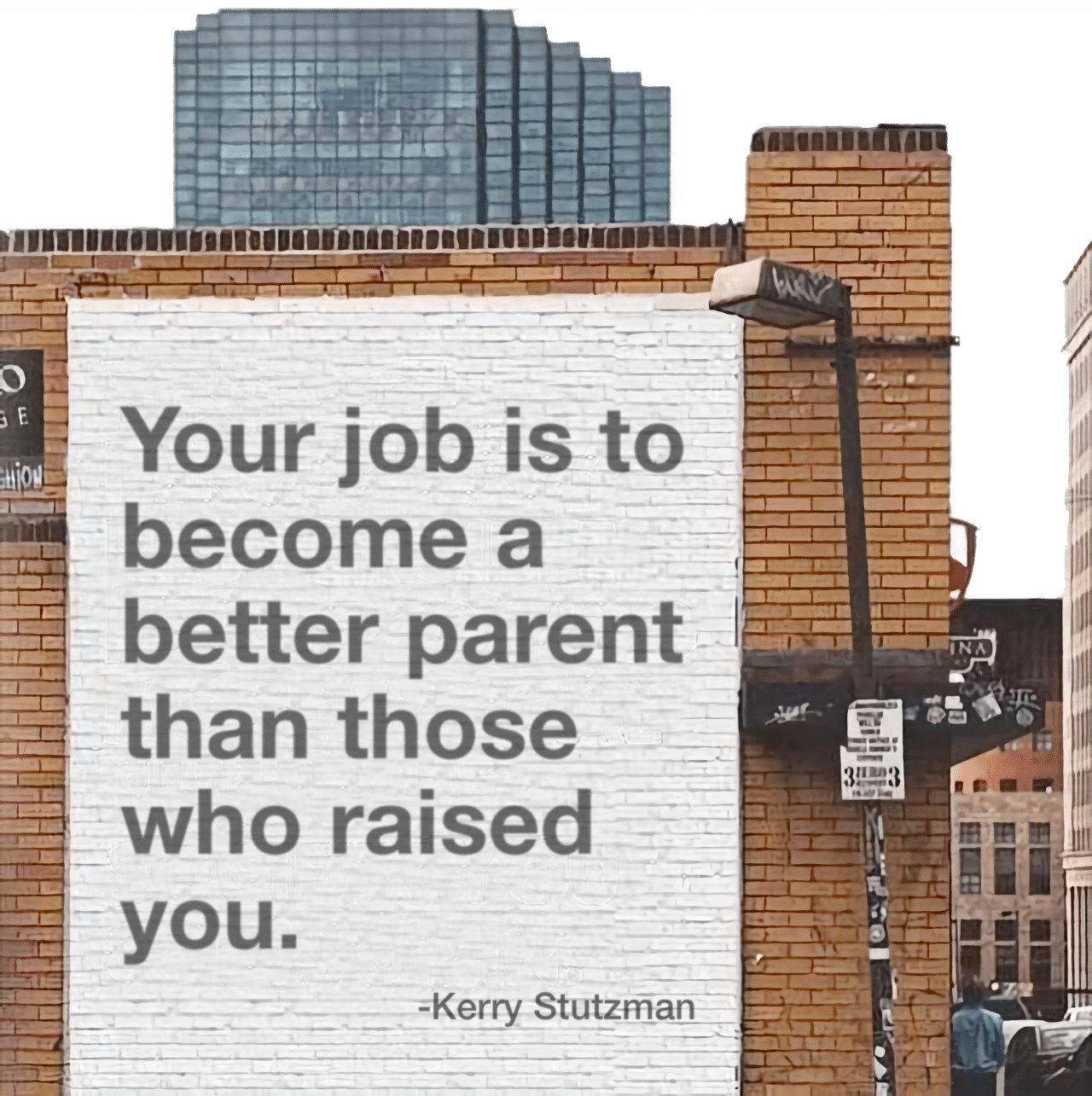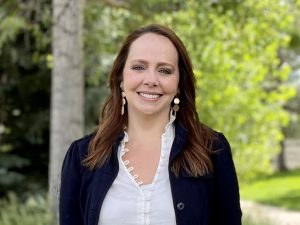A GUIDE FOR PARENTS, CAREGIVERS, AND TEACHERS
Children and youth can face emotional strains after a traumatic event such as a car crash or violence.1 Disasters also may leave them with long-lasting harmful effects.2 When children experience a trauma, watch it on TV, or overhear others discussing it, they can feel scared, confused, or anxious. Young people react to trauma differently than adults. Some may react right away; others may show signs that they are having a difficult time much later. As such, adults do not always know when a child needs help coping. This tip sheet will help parents, caregivers, and teachers learn some common reactions, respond in a helpful way, and know when to seek support.
Possible Reactions to a Disaster or Traumatic Event
Many of the reactions noted below are normal when children and youth are handling the stress right after an event. If any of these behaviors lasts for more than 2 to 4 weeks, or if they suddenly appear later on, these children may need more help coping. Information about where to find help is in the Helpful Resources section of this tip sheet.
PRESCHOOL CHILDREN, 0–5 YEARS OLD
Very young children may go back to thumb sucking or wetting the bed at night after a trauma. They may fear strangers, darkness, or monsters. It is fairly common for preschool children to become clingy with a parent, caregiver, or teacher or to want to stay in a place where they feel safe. They may express the trauma repeatedly in their play or tell exaggerated stories about what happened. Some children’s eating and sleeping habits may change. They also may have aches and pains that cannot be explained. Other symptoms to watch for are aggressive or withdrawn behavior, hyperactivity, speech difficulties, and disobedience.
Infants and Toddlers, 0–2 years old, cannot understand that a trauma is happening, but they know when their caregiver is upset. They may start to show the same emotions as their caregivers, or they may act differently, like crying for no reason or withdrawing from people and not playing with their toys.
Children, 3–5 years old, can understand the effects of trauma. They may have trouble adjusting to change and loss. They may depend on the adults around them to help them feel better. 1
EARLY CHILDHOOD TO ADOLESCENCE, 6–19 YEARS OLD
Children and youth in these age ranges may have some of the same reactions to trauma as younger children. Often younger children want much more attention from parents or caregivers. They may stop doing their school work or chores at home. Some youth may feel helpless and guilty because they cannot take on adult roles as their family or the community responds to a trauma or disaster.
Children, 6–10 years old, may fear going to school and stop spending time with friends. They may have trouble paying attention and do poorly in school overall. Some may become aggressive for no clear reason. Or they may act younger than their age by asking to be fed or dressed by their parent or caregiver.
Youth and Adolescents, 11–19 years old, go through a lot of physical and emotional changes because of their developmental stage. So, it may be even harder for them to cope with trauma. Older teens may deny their reactions to themselves and their caregivers. They may respond with a routine “I’m ok” or even silence when they are upset. Or, they may complain about physical aches or pains because they cannot identify what is really bothering them emotionally. Some may start arguments at home and/or at school, resisting any structure or authority. They also may engage in risky behaviors such as using alcohol or drugs.
How Parents, Caregivers, and Teachers Can Support Children’s Recovery
The good news is that children and youth are usually quite resilient. Most of the time they get back to feeling ok soon after a trauma. With the right support from the adults around them, they can thrive and recover. The most important ways to help are to make sure children feel connected, cared about, and loved.
Parents, teachers, and other caregivers can help children express their emotions through conversation, writing, drawing, and singing. Most children want to talk about a trauma, so let them. Accept their feelings and tell them it is ok to feel sad, upset, or stressed. Crying is often a way to relieve stress and grief. Pay attention and be a good listener.
Ask your teen and youth you are caring for what they know about the event. What are they hearing in school or seeing on TV? Try to watch news coverage on TV or the Internet with them. And, limit access so they have time away from reminders about the trauma. Don’t let talking about the trauma take over the family or classroom discussion for long periods of time. Allow them to ask questions.
Adults can help children and youth see the good that can come out of a trauma. Heroic actions, families and friends who help, and support from people in the community are examples. Children may better cope with a trauma or disaster by helping others. They can write caring letters to those who have been hurt or have lost their homes; they can send thank you notes to people who helped. Encourage these kinds of activities.
If human violence or error caused an event, be careful not to blame a cultural, racial, or ethnic group, or persons with psychiatric disabilities. This may be a good opportunity to talk with children about discrimination and diversity. Let children know that they are not to blame when bad things happen.
It’s okay for children and youth to see adults sad or crying, but try not to show intense emotions. Screaming and hitting or kicking furniture or walls can be scary for children. Violence can further frighten children or lead to more trauma.
Adults can show children and youth how to take care of themselves. If you are in good physical and emotional health, you are more likely to be readily available to support the children you care about. Model self-care, set routines, eat healthy meals, get enough sleep, exercise, and take deep breaths to handle stress.
PRESCHOOL CHILDREN, 0–5 YEARS OLD
- Give these very young children a lot of cuddling and verbal support.
- Take a deep breath before holding or picking them up and focus on them, not the trauma.
- Get down to their eye level and speak in a calm, gentle voice using words they can understand.
- Tell them that you still care for them and will continue to take care of them so they feel safe.
EARLY CHILDHOOD TO ADOLESCENCE, 6–19 YEARS OLD
- Nurture children and youth in this age group.
- Ask your child or the children in your care what worries them and what might help them cope.
- Offer comfort with gentle words, a hug when appropriate, or just being present with them.
- Spend more time with the children than usual, even for a short while. Returning to school activities and getting back to routines at home is important too.
- Excuse traumatized children from chores for a day or two. After that, make sure they have age-appropriate tasks and can participate in a way that makes them feel useful.
- Support children spending time with friends or having quiet time to write or create art.
- Encourage children to participate in recreational activities so they can move around and play with others.
- Address your own trauma in a healthy way. Avoid hitting, isolating, abandoning, or making fun of children.
- Let children know that you care about them-spend time doing something special; make sure to check on them in a nonintrusive way.
A NOTE OF CAUTION!
Be careful not to pressure children to talk about a trauma or join in expressive activities. While most children will easily talk about what happened, some may become frightened. Some may even get traumatized again by talking about it, listening to others talk about it, or looking at drawings of the event. Allow children to remove themselves from these activities, and monitor them for signs of distress.
Toll-Free: 1-877-SAMHSA-7 (1-877-726-4727) | [email protected] | https://store.samhsa.gov TIPS FOR TALKING WITH AND HELPING CHILDREN AND YOUTH COPE AFTER A DISASTER OR TRAUMATIC EVENT A GUIDE FOR PARENTS, CAREGIVERS, AND TEACHERS 4
HHS Publication No. (SMA) 12-4732
(Revision of KEN-01-0091/KEN-01-0093; Revised 04/2007)
Hotlines
Disaster Distress Helpline
Toll-Free: 1-800-985-5990 Text ‘TalkWithUs’ to 66746
Web Site: https://www.disasterdistress.samhsa.gov
Child Welfare Information Gateway
Toll-Free: 1–800–4–A–CHILD (1–800–422–4453)
Web Site: https://www.childwelfare.gov/responding/how.cfm
Resources Addressing Children’s Needs
Administration for Children and Families
Web Site: https://www.acf.hhs.gov/
Additional Behavioral Health Resources
These behavioral health resources can be accessed by Clicking through to the SAMHSA website and then clicking on the related link.
National Suicide Prevention Lifeline
Toll-Free: 1–800–273–TALK (1–800–273–8255); TTY: 1–800–799–4TTY (1–800–799–4889)
Web Site: https://www.samhsa.gov
National Child Traumatic Stress Network
Web Site: https://www.samhsa.gov/traumaJustice/
When Children, Youth and Parents, Caregivers, or Teachers Need More Help
In some instances, a child and their family may have trouble getting past a trauma. Parents or caregivers may be afraid to leave a child alone. Teachers may see that a student is upset or seems different. It may be helpful for everyone to work together. Consider talking with a mental health professional to help identify the areas of difficulty. Together, everyone can decide how to help and learn from each other. If a child has lost a loved one, consider working with someone who knows how to support children who are grieving.4 Find a caring professional in the Helpful Resources section of this tip sheet.
1 National Center for Statistics and Analysis. (n.d.). Traffic safety facts, 2003 data: Children. (DOT HS 809 762). Washington, DC: National Highway Traffic Safety Administration. From https://www-nrd.nhtsa.dot. gov/Pubs/809762.pdf (accessed April 20, 2012).
2,4 National Commission on Children and Disasters. (2010). National Commission on Children and Disasters: 2010 report to the President and Congress. AHRQ Publication No. 10-MO37. Rockville, MD: Agency for Healthcare Research and Quality. From https://archive. ahrq.gov/prep/nccdreport/nccdreport.pdf (accessed April 20, 2012).
3 Children’s Bureau. (2010). Child maltreatment 2009. Washington, DC: Administration on Children, Youth and Families; Administration for Children and Families; U.S. Department of Health and Human Services. From https://www.acf.hhs.gov/programs/cb/stats_research/ index.htm#can (accessed April 20, 2012).
∙ 2012 Toll-Free: 1-877-SAMHSA-7 (1-877-726-4727) | [email protected] | https://store.samhsa.gov TIPS FOR TALKING WITH AND HELPING CHILDREN AND YOUTH COPE AFTER A DISASTER OR TRAUMATIC EVENT A GUIDE FOR PARENTS, CAREGIVERS, AND TEACHERS

